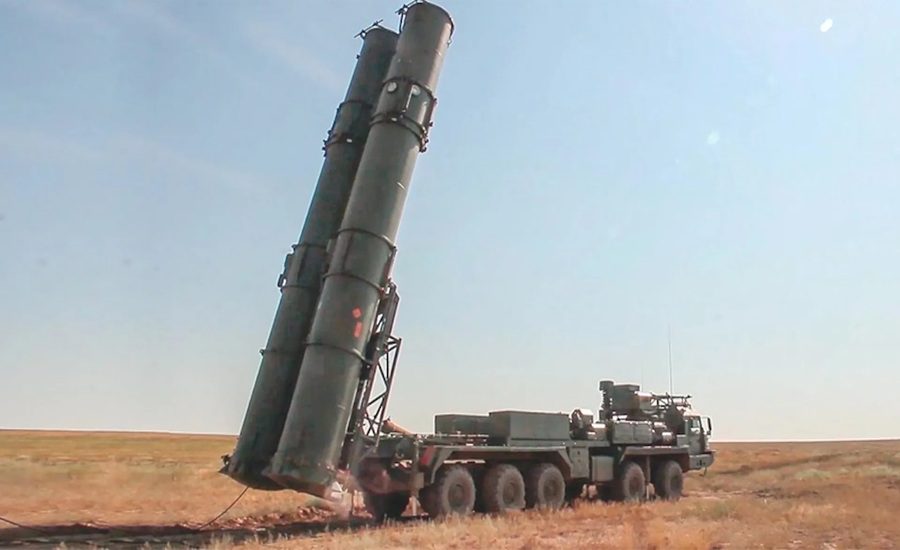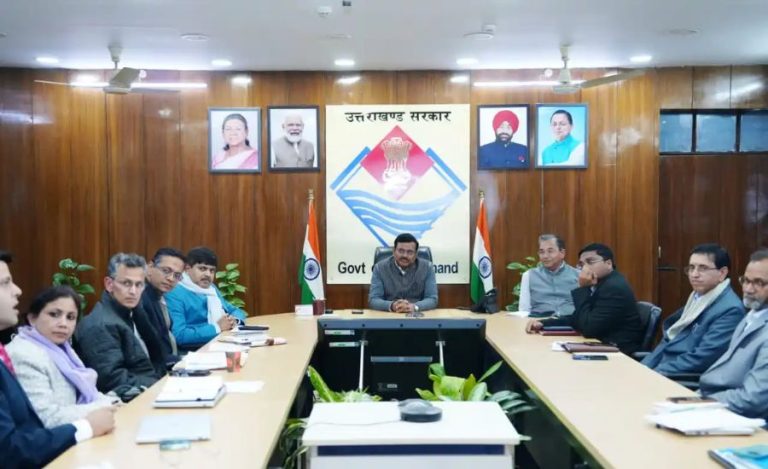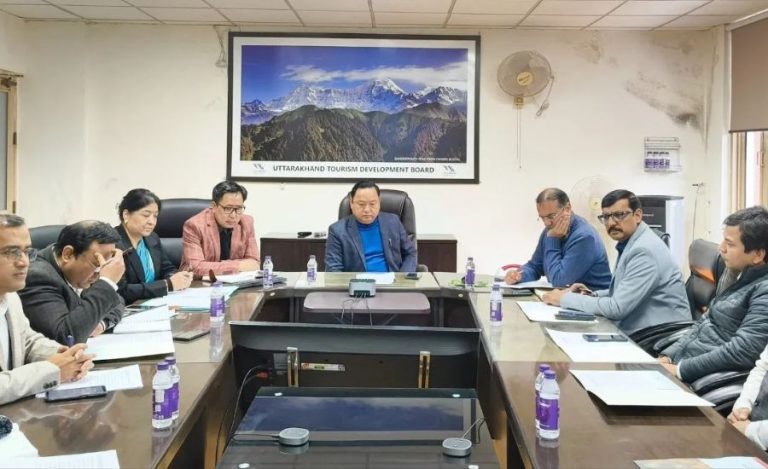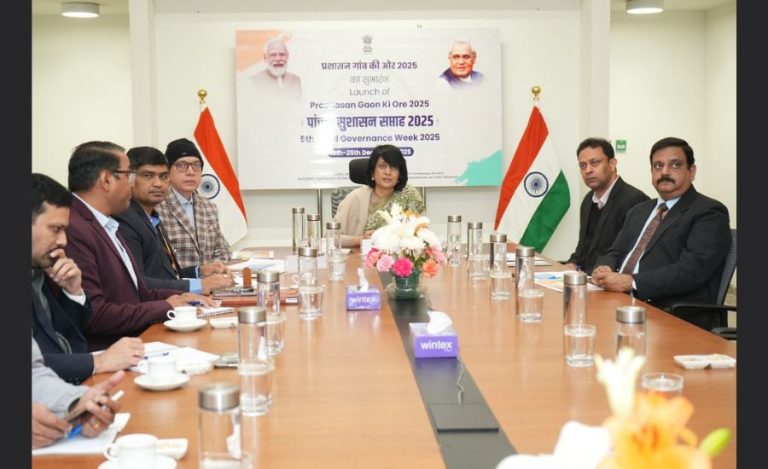New Delhi: In a move that could significantly alter the contours of the global arms market, Russia has proposed a landmark government-to-government (G2G) agreement with India for the joint development and production of its most advanced air defence platform, the S-500 Prometey. This proposal includes a technology transfer clause and, for the first time, permission for re-export through Indian channels.
The offer arrives as Western sanctions continue to hamper Russia’s direct defence exports, especially post-Ukraine conflict. Through this strategic partnership, Moscow aims to sidestep these restrictions by leveraging India’s expanding defence industrial base and robust export track record.
A Strategic Bypass to Sanctions
The most transformative aspect of this proposal is the clause enabling India to re-export the jointly produced S-500 systems to third countries. If accepted, it would allow Russian-origin high-tech weaponry to reach global markets via Indian defence corridors.
India’s successful defence exports (such as the BrahMos cruise missile and Pinaka rocket systems) have already demonstrated its ability to fulfil complex, high-value international orders. By positioning India as a manufacturing and export hub, Russia seeks to maintain its presence in key regions like Southeast Asia, the Middle East, and Africa despite increasing Western barriers.
Why the S-500 Prometey Stands Out
Developed by Almaz-Antey, the S-500 is designed to neutralize a vast spectrum of aerial threats, from stealth aircraft and hypersonic missiles to UAVs and even low-Earth orbit (LEO) satellites.
With an extended interception range of up to 600 kilometres and altitude engagement reaching 200 kilometres, the S-500 significantly outperforms its predecessor, the S-400. Notably, India’s existing S-400 units were deployed effectively during Operation Sindoor in 2025 to counter aerial threats from Pakistan and China.
The Prometey system offers enhanced speed, versatility, and electronic warfare resilience, enabling interception of Mach 7 projectiles and simultaneous engagement of multiple targets with rapid 3–4 second reaction times—well ahead of the S-400’s 9–10 second cycle.
Also Read: Russia Assures India of Full S-400 Delivery by 2027; Su-30 Upgrades, Project Kusha Also Discussed
Benefits For Both Sides
For Russia, this partnership acts as a vital conduit to sustain the relevance of its defence exports amidst sanctions. It also cements ties with India, a historically reliable defence partner.
For India, the proposal offers technological elevation and economic opportunity. By co-producing the S-500 domestically, India will strengthen its “Make in India” initiative, create jobs, and enhance its standing in the global defence export landscape.
The proposal also carries major operational advantages. By integrating the S-500 into its defence grid alongside the S-400 and indigenous systems like Project Kusha and the Ballistic Missile Defence (BMD) programme, India would be able to construct a robust multi-layered air defence shield across air and near-space domains.
Enhancing Strategic Deterrence
India’s acquisition and co-production of the S-500 promises significant upgrades to its air defence architecture, particularly at a time when regional adversaries like China and Pakistan are rapidly modernising their aerial and missile capabilities.
The new system is designed to detect and intercept stealth fighters, hypersonic glide vehicles, and ballistic projectiles—some of the most elusive and rapidly evolving threats in the contemporary battlefield. This capability is vital along sensitive border regions, where India seeks greater deterrence and quick-strike defence potential.
Navigating Geopolitical Risk
However, the path forward is not without hurdles. Concerns include:
- Potential System Downgrades: Whether Russia would allow full-spec technology for co-production remains uncertain.
- High Costs: Advanced systems like the S-500 are capital-intensive.
- CAATSA Sanctions: Secondary sanctions under the U.S. Countering America’s Adversaries Through Sanctions Act (CAATSA) could complicate execution and global export plans.
India’s earlier experience with the S-400 acquisition, which faced delays due to sanctions and disrupted supply chains, underscores the challenges of such high-stakes strategic procurement.
A Pivot in Global Arms Trade?
If finalised, this India-Russia S-500 co-production deal could shift the global defence dynamic by offering advanced Russian systems through Indian supply chains that are less vulnerable to Western restrictions. The agreement would represent a new chapter in India-Russia defence collaboration, reinforcing mutual strategic interests while enabling India to emerge as a critical node in next-generation air defence manufacturing and exports.




























